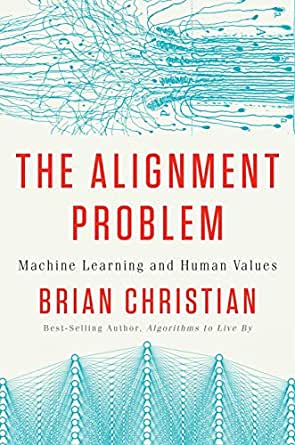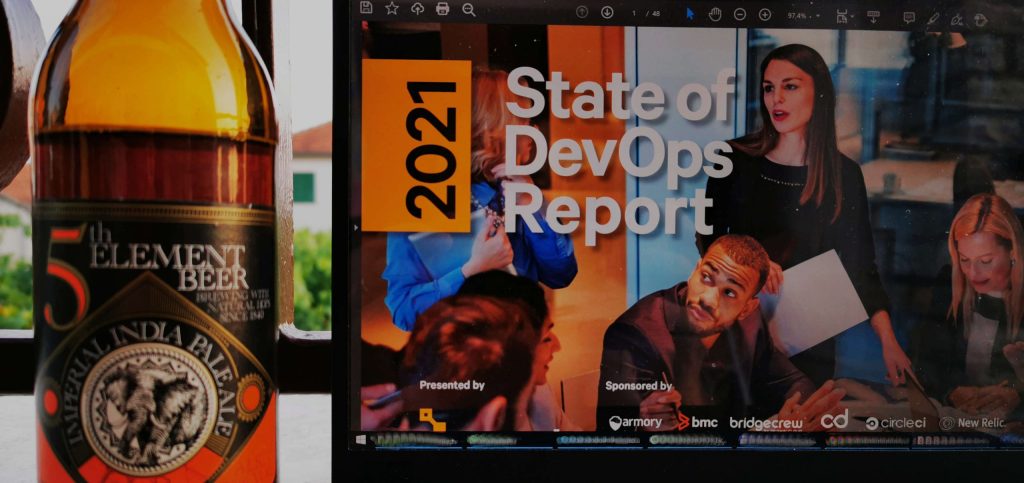A newsletter that started as a personal learning and getting-in-touch project by Ivan Krnic grew into a sociotechnical newsletter covering topics of technical excellence, organizational improvements, and productivity.
Growing teams
Throughout our organizational journey at CROZ, we have fallen prey to every possible pitfall from the textbook :-/
In the beginning, a lot of knowledge was trapped in the heads of our senior engineers. It was a sad and unfortunately common situation that senior engineers couldn’t take a proper vacation since every non-trivial daily action such us looking up the build error, deployment in production environment and handling database changesets required their intervention, even when they were supposed to be off. This way of working wasn’t sustainable.
We hypothesized that senior engineers would be relieved of this pressure if we formed teams around them with people that would gradually soak up the knowledge and take over those non-trivial activities so seniors would no longer be a bottleneck.
Soon these teams started to grow and eventually, they became so large that other dysfunctions appeared. Standups lasted too long and people were working on isolated things. It was time for a team split…
We did all this intuitively, based on our gut feeling. Dynamic Reteaming teaches us that there are several clear patterns for reteaming. And knowing these patterns gives us a frame of reference for any action regarding team structure. Each of these patterns has its purpose in the organizational lifecycle.
Listen to my conversation with Heidi, her experience in growing teams by applying reteaming patterns is indispensable.
Interview of the Month

Dynamic Reteaming with Heidi Helfand
Heidi Helfand is VP of Engineering Growth at Kin Insurance and the author of Dynamic Reteaming, a book that casts a whole new light on forming and growing teams. In these fast-moving times, changing your team formation effectively is the most sought-after organizational superpower. I talked to Heidi about fundamental reteaming patterns and her experience in growing organizations.
Would you like your new hires to deploy to production on Day 1?
Would you like to be like Etsy?
Kustodian tackles the eternal problem of developer onboarding and environment configuration by provisioning and managing roles and permissions to digital assets in all systems that support software development lifecycle.
Kustodian enables you to hit the ground running on Day 1.
Hand picked
The Business Benefits of GitOps – probably the best explanation of GitOps by Cornelia Davis, CTO at WeaveWorks, beautifully explaining how GitOps supports DORA metrics and subsequently enables business benefits.
Minimum Viable Continuous Delivery – we talk so much about CD that sometimes we lose sight of what is truly in focus and important. To help us get back on track, a group of authors has put together a list of fundamental practices that make up Minimum Viable Continuous Delivery. If you’re just starting with CD, start from here – it is sort of a quick start guide.
We’re getting self organization and cross functionality wrong – years of jargon and misaligned vocabulary led us to the diluted understanding of how self organization and cross functionality should look like. Spencer Pitman is getting us back on track.
The benefits of DevOps practices for IBM Z – instead of arguing which technology is ultimately better (spoiler alert: the one that gets the job done!), we should rather aim to use them in the same standardized way, supporting DevOps principles. GitLab now provides additional support for managing mainframe application lifecycle in the same way as other platforms.
Read with us

The Alignment Problem: Machine Learning and Human Values
AI is moving fast into our lives.
As much as it can do good, it can for sure do badly if we fail to teach it using the appropriate data sets.
In The Alignment Problem, Brian Christian pinpoints why AI is not almighty, what is reinforced learning, and gives a host of examples why we should pay close attention not only to algorithms but even more to the teaching process.
Falls Sie Fragen haben, sind wir nur einen Klick entfernt.



